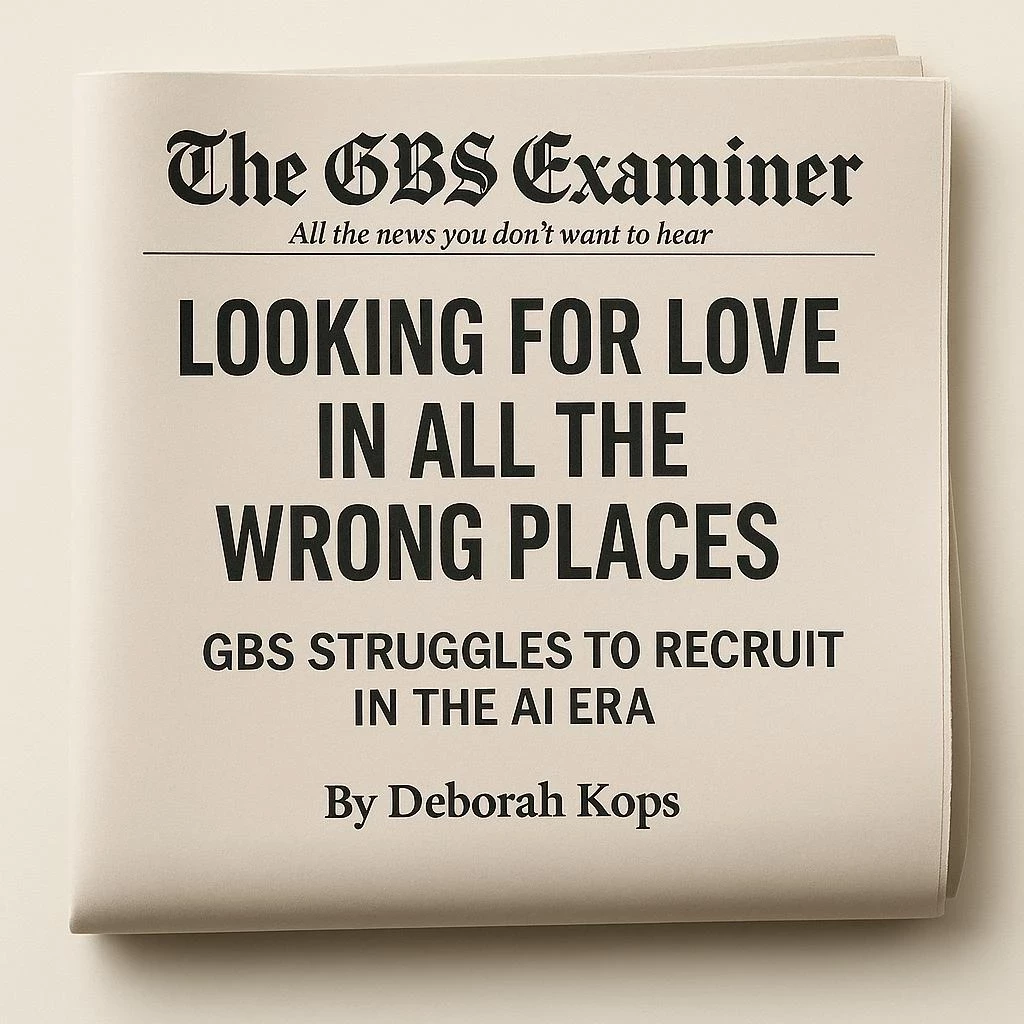
Today’s workforce is changing. I’ve written about the demographic shifts in the past, but that’s not the only thing that’s changing — so are worker attitudes, beliefs, motivations, and approaches to career development. What people want and expect out of work, in addition to how they work, just aren’t the same as they once were.
To better understand those common characteristics among workers, we conducted a segmentation analysis of the latest State of Work & Career Success 2022 survey data. Our goal was to classify U.S. workers into groups with distinctive attitudes and beliefs about their careers and the activities they are doing beyond those provided on the job. The analysis included factor and cluster analysis to identify groups of workers who think similarly about their career, as not all workers have the same mindset simply because of demographics such as age or gender.

Our work netted six distinct groups:
- Entrepreneurial Planners (39% of the workforce) are comparatively successful, forward-thinking workers who strive to get the most out of their careers. They are strong at career planning activities but they also expect their employers to prepare them for career growth. Entrepreneurship is a goal for many of them. More so than other segments, they have been successful at creating wealth, staying on track for retirement, leading a fulfilling life, and getting the most out of it. But Entrepreneurial Planners still expect their employers to prepare them for career growth and do not want to be constrained by formal hierarchies or robust structure.
- Career Pivoters (18% of the workforce) are less satisfied workers who are actively searching for a career that has meaning for them. They are more likely to be in the earlier stages of their career, as over half (52%) are under the age of 30, and many are still trying to figure out what they want to do. They are unhappy with their work culture and struggling to get promoted to the job they want.
- Highly Skilled & Collaborative workers (13% of the workforce) are ambitious and goal-oriented, with a drive for learning and working together. They are eager to advance and prioritize skill development both in and outside of their job. They have more success in being able to choose jobs that result in more interesting and meaningful work, and are moderately more successful at both being able to spend time with their family and focusing on their personal growth.
- Social Impact Communicators (13% of the workforce) are driven by their personal values, strive to create an impact in their work and career, and tend to work for nonprofit or government organizations. They are successful in getting and using formal education, and it has been necessary to advance their career, but less successful in having a career mentor or sponsor to guide them through their career. Availability of job benefits, such as healthcare and retirement plans, heavily influences where they choose to work.
- Flexible Contributors (9% of the workforce) are independent thinkers with a desire for meaningful work. They value flexibility when it comes to working when and where they want, and they are more likely to be independent workers as a result. However, they do not consider themselves successful in managing multiple careers at the same time, perhaps because it has not been rewarding financially, preventing them from being on track for retirement.
- Lost and Struggling (8% of the workforce) are dispirited workers who feel stuck and need more experience and company support. They have the longest tenure with their company and are more likely to work in enterprise organizations. While they have been moderately successful in earning a steady income, they have not yet been promoted to a position they desire, created wealth, or kept on track for retirement, and the work they do is not meaningful or interesting to them.
We break down each of these profiles in-depth in the full brief, which is now available as a free download, as I wanted to give you an overview of what these groups want to achieve, how they’re going about accomplishing that, and their general outlook.
Where do we go from here?
So, why conduct this analysis? Simply put, I think far too many people are stuck right now.
And as business leaders, I believe it is our responsibility to do something to help people get unstuck — and if we don’t, more employees will either become Lost & Struggling or leave to work for themselves. But first, we have to better tune into the voice of the workforce to better understand how each individual’s goals can align to the organization’s goals, closing the experience gap in the process.
So, let’s look at how your workforce stacks up against these different segments. Some questions to think about include:
- How do these profiles compare with our internal understanding of worker needs and expectations?
- What have we done to help support them personally as well as professionally?
- Do our work environments align to one particular segment over another and why?
- How have our approaches changed to meet the needs of the new worker? Are the policies, processes, and development opportunities in line with what they want? Does what we have even work?
- Are we truly giving employees opportunities for advancement or is there a disconnect between what we believe and what employees believe?
- Are we constantly challenging our workforce and giving them a breadth of opportunities and not just depth?
Just like your current and potential customers aren’t all the same, neither are your people. Depending on their age, lifestage, career goals, and life goals, what they want and need will inevitably be different. Bridging the gap between people and company performance requires collecting and analyzing information about your workforce beyond the perks and benefits you deliver. So your solutions will need to vary and evolve — a one-size-fits-all approach won’t work.
Understanding the landscape of your workforce is more than just harnessing data on their demographics and work environments. Their attitudes, aspirations, and preferences matter. These are people, not just workers, and engaging their whole self at work necessitates linking the broader set of factors that enable you to create a work environment that is flexible, adaptive, and human-centered.
To download the brief with additional findings from the study, and for more information on the annual research report I conducted on what workers want, please visit www.conniewsteele.com/research.
































